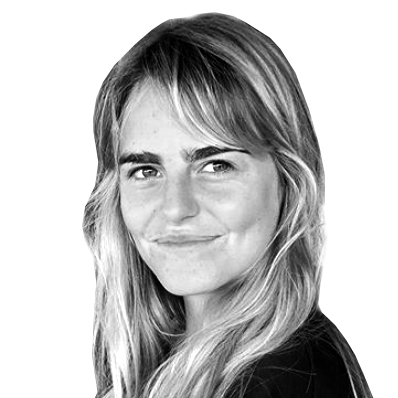When Manoucher Yektai finally arrived in New York City from Iran, in 1945, he yearned for Paris. He had dreamed about the French capital since studying at the University of Tehran’s Faculty of Fine Arts, a pseudo-Beaux-Arts institution where he pored over reproductions of paintings by Vincent van Gogh and René Magritte, starry-eyed. But it was 1944 and war-torn France rejected his visa.
So Yektai sailed from his native Iran to Bombay and then onto California, where he disembarked and crossed the country. In New York, Abstract Expressionism—and its pioneers Jackson Pollock, Mark Rothko, and Willem de Kooning—was on the rise. “For me,” Yektai said of meeting Pollock, “it was the beginning of something new. . . . [He] introduced to me overnight a language of painting, an immense freedom.”
Yektai ditched his paintbrush and began using impasto paint, spatulas, and palette knives to flick and splice impossibly thick action portraits and still lifes into being. Freedom from oppression!

An exhibition at Karma’s new outpost in Chelsea, featuring 22 paintings by the artist, begins 11 years after he disembarked in the U.S. and is the first-ever exhibition dedicated solely to his landscape paintings. By then, Yektai had spent a year in France, in 1946, and returned disillusioned. He’d shown abstract works in 1951, 52, and 53 at New York’s Grace Borgenicht Gallery. But his style had matured: he found his own voice within the first generation of New York School artists.
The show opens with five 1957 paintings that evoke Yektai’s weekends out of town—time spent in the Catskills, Vermont, and Long Island with luminaries like Milton Avery, Clement Greenberg, and Jane Freilicher. In thrashing colors the works feature discernible skies and lakes, trees and roads. In Vermont Landscape, a small brown barn anchors the painting in realism.
Figuration is struck off the canvas in 1958, in his Positano paintings, which see vertical daubs of oil evoking the Italian artists’ colony. These works were exhibited that same year at Poindexter, an Upper East Side gallery that represented De Kooning, Franz Kline, and Richard Diebenkorn. Across the room, Pennsylvania Landscape, a tiny painting from the same year, recalls a patchwork of trees in autumn.

Some works in the show are untitled, leaving the writer and curator, Suzanne Hudson, to answer the question: Are they landscapes?
The masterstrokes are Yektai’s frenetic 95th Street Landscape paintings, a quartet conceived in the living room of his house on the Upper West Side. They hang under the gallery’s skylight, their vigorous brushwork and colors a testament to the city’s symphonic energy.
Yektai was an Abstract Expressionist at heart, but he never lost touch with the times. Two untitled works, one from 1971 and another from 1976, show a continuing evolution. As De Kooning’s era waned and Pop art and Minimalism took the stage, Yektai ventured into broad, simplified shapes, leaving a wealth of negative space in his compositions. He died in 2019, at 97.
“I’m searching for a firm truth, one that fulfills my own expectations,” Yektai said in 1976. “What I want is for the things I create to have a truth within them that is hard to shake.”
Manoucher Yektai’s “Landscapes” is on at Karma, in New York, until November 9
Elena Clavarino is a Senior Editor at AIR MAIL

